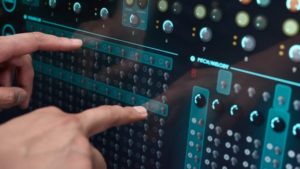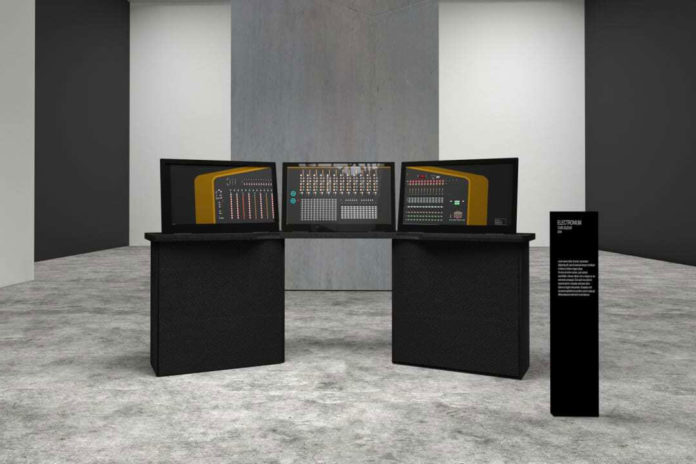If you remember a famous American composer, bandleader, and inventor of electronic instruments named Raymond Scott. His music has been adapted for everything from Looney Tunes to The Simpsons- for those and other cartoons.
Well, there is a possibility you may not hear of Scott himself. He invented Electronium, a music-making device that was supposed to perform and compose music at the same time. At that time, Scott invested around $1 million and more than a decade into the project. And before it was completed, he died of a stroke in 1987.
Now, Fast Company reports, Pentagram partner and sound artist Yuri Suzuki has completed the musician’s work. Suzuki partnered with a creative studio ‘Counterpoint’ that specializes in artificial intelligence and, using Google’s Magenta AI, generates music that replicates exactly what Scott aimed to do with a completely analog device.

Like Scott’s original model, Suzuki’s version also has a three-paneled synthesizer. At first, the player of the Electronium can tap out a simple melody or even just a few notes on a touch screen of the center panel. Then, the AI inside the instrument takes that melody and begins to compose music with it, all displayed on the Electronium’s right-hand panel. And then finally, the player can use the left panel’s interface to operate the music by adding effects or beats. The instrument that Scott dreamed of is a kind of human-computer collaboration but it remained incomplete due to the lack of digital technology.

Scott was very secretive about his work, so his schematics were only uncovered after his death and some of them have been published. Still, Mark Mothersbaugh, the lead singer of the band Devo and the current owner of the old unfinished device helped Suzuki’s team a lot in completing the instrument.
When asked about why did Scott have such a hard time creating the instrument in the first place? Suzuki says, “At the time, electronics were not sophisticated enough to realize his dream. He tried to make random access memory (the hardware inside a computer that stores memory) by hand.“
Suzuki’s version of the instrument will be on display at the Barbican Center in London as part of the exhibition AI: More Than Human, on May 16. But Suzuki wants to continue the work on the instrument- he hopes to create a version of the machine that has real knobs and dials, something that was prohibitively expensive for this first prototype. Suzuki also aspires to fix the physical remnants of Scott’s original Electronium.
In addition, Suzuki wants to create an online version of the Electronium and bring Scott’s vision to more people. “Even people who don’t have knowledge about composing music, it could help them compose,” Suzuki says. “That’s quite helpful for everyone.”
